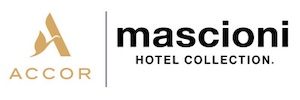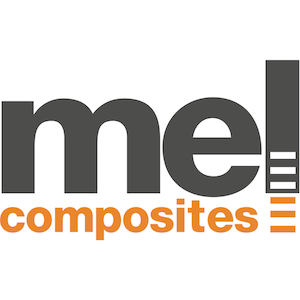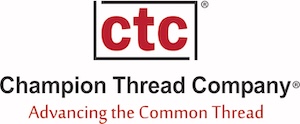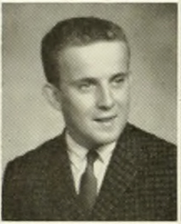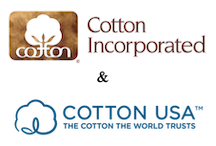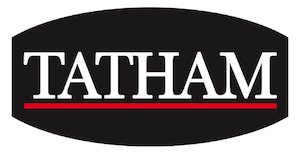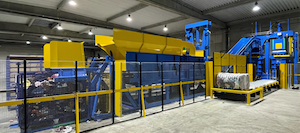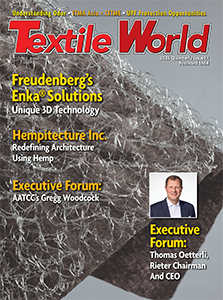 TUSCALOOSA, Ala. — October 7, 2025 — Phifer Inc. —a manufacturer of precision-engineered textiles and wire products based in Tuscaloosa, Ala. — is pleased to announce the acquisition of all of the assets of Indiana Coated Fabrics (ICF), headquartered in Warsaw, Ind. The acquisition strengthens Phifer’s position in the coated and laminated fabrics market while expanding its portfolio and manufacturing capabilities.
TUSCALOOSA, Ala. — October 7, 2025 — Phifer Inc. —a manufacturer of precision-engineered textiles and wire products based in Tuscaloosa, Ala. — is pleased to announce the acquisition of all of the assets of Indiana Coated Fabrics (ICF), headquartered in Warsaw, Ind. The acquisition strengthens Phifer’s position in the coated and laminated fabrics market while expanding its portfolio and manufacturing capabilities.
Indiana Coated Fabrics will continue to operate independently under its current name and management team. All existing operations and customer relationships will remain in place, ensuring continuity and stability for customers, employees, and partners.
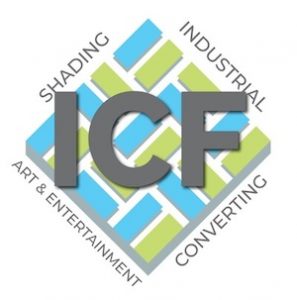 “ICF has built a strong reputation in the industry for quality and innovation in coated and laminated fabrics. Our teams are working closely to ensure a smooth transition and to maintain the positive, productive experience you have come to rely on,” said Reese Brooks, CEO at Phifer. “We appreciate your continued trust and support and look forward to serving you in new and exciting ways as we embark on this next chapter together.”
“ICF has built a strong reputation in the industry for quality and innovation in coated and laminated fabrics. Our teams are working closely to ensure a smooth transition and to maintain the positive, productive experience you have come to rely on,” said Reese Brooks, CEO at Phifer. “We appreciate your continued trust and support and look forward to serving you in new and exciting ways as we embark on this next chapter together.”
“There is no company I would trust more to carry forward Indiana Coated Fabrics’ legacy of quality, attentive service, and dedication to our employees,” said Tim Foster, president of Indiana Coated Fabrics. “Phifer is a respected global leader in our industry, and we are deeply honored to become part of their exceptional team. We look forward with optimism to a bright and successful future together.”
The acquisition brings together Phifer’s manufacturing excellence and global infrastructure with ICF’s technical focus and product customization strengths. Both companies are deeply committed to U.S.-based manufacturing and share a culture of innovation, quality, and customer focus. Together, they are poised to accelerate product development, enhance service capabilities, and expand into new markets.
Posted: October 7, 2025
Source: Phifer Incorporated



